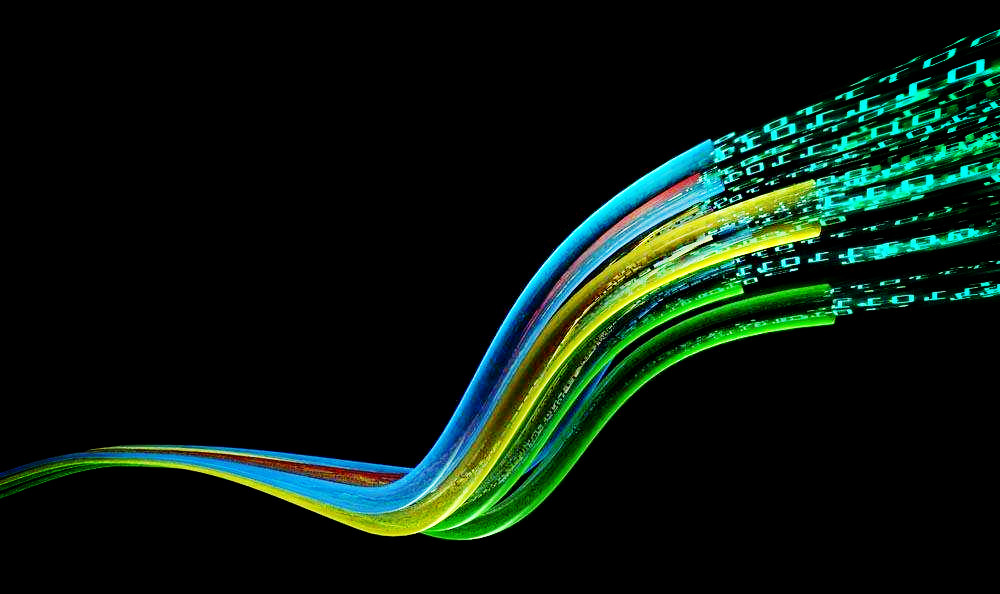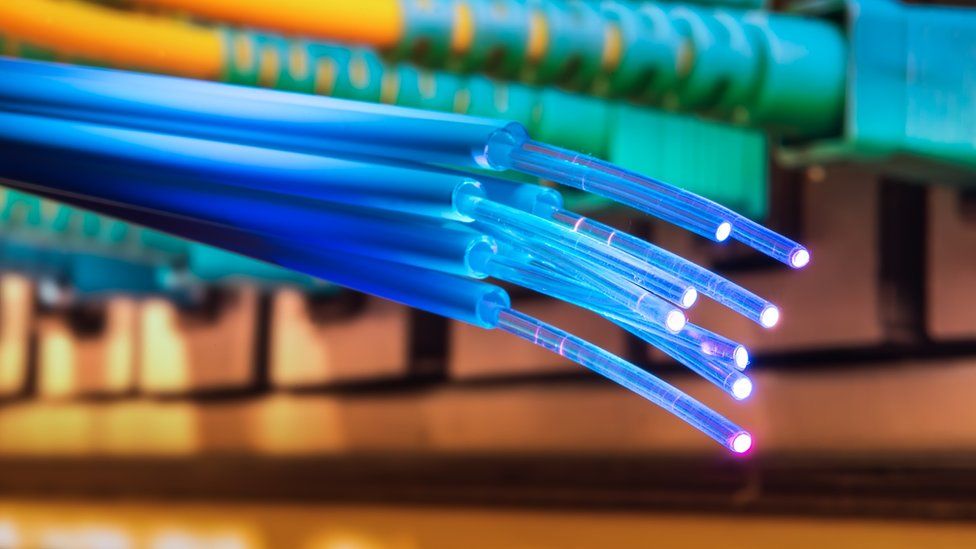
EAPC Eurasia Pipeline Company, Israel's state-owned energy company, recently said it will build a fiber optic cable linking Asia and Europe.
The 254-kilometer cable will run from the Mediterranean port of Ashkelon to Eilat in the northern Red Sea, following the route of an oil pipeline operated by EAPC and connecting to Israel's submarine cable.
We need to understand that Israel is located in the western part of Asia, it is also east of Jordan, northeast and Syria as neighbors, south of the Gulf of Aqaba, southwest and Egypt as neighbors, west of the Mediterranean Sea, north and Lebanon, is the combination of Asia, Africa, and Europe.
At this time building a fiber optic cable connecting up Asia and Europe is very beneficial to the development of the country and the surrounding.
This is not the first time that the State of Israel has done so for the construction of a submarine cable link.
Previously, in early 2021, according to Reuters, Cyprus, Greece, and Israel signed a preliminary agreement.
The agreement says it will build the world's longest and deepest submarine power cable, which will cross the Mediterranean Sea floor at a cost of about $900 million, and connect their power grids.
Israeli Energy Minister Yuval Steinitz said the project, known as the Eurasian Interconnect, will provide backup power in case of emergencies.
Cyprus Energy Minister Natasa Pirides said it marks "a decisive step toward ending the island's energy isolation and thus our dependence on heavy fuels."
So this Asia-Europe interconnection will be another step towards the development of communications in Israel.
A fiber optic cable is a cable used to transmit optical signals and consists of an internal optical fiber and an external jacket.
This communication cable, based on optical technology, can be used to transmit digital, image, or voice information.
With higher transmission speeds and lower signal loss than traditional copper cables, fiber optic cables can meet the needs of the modern high-speed Internet and broadcast television sectors.
Fiber optic cables are certainly a strong indication of the need for rapid development in various countries around the world. This is exactly what the State of Israel is planning to do, as they make greater enhancements to the development of national network communications.
Fiber optic cable is widely used in telecommunications, internet, and television.
It can meet the needs of high-speed data transmission and long-distance communication and is suitable for scenarios such as long-distance communication through cities, across national borders, and submarine cables.
At the same time, fiber optic cable is also used in medical and research applications, such as for laser surgery and laser ranging.
Israel was among the list of developed countries in the world a few years ago, and the country has a very high level of medical research and communication.
According to the World Economic Forum, Israel ranks first in the world in terms of investment in medical research as a percentage of gross national income.
So the construction of this fiber optic cable linking Asia and Europe will be a greater social benefit to the country's people.
The Israeli Ministry of Finance said that any licensed telecom provider in Israel can use the fiber optic cable within a 25-year lease period.
Itzik Levy, CEO of EAPC, said the fiber optic cable will make Israel a communications bridge connecting the Gulf States and Asia to Europe.
Fiber optics supports extremely high bandwidth and speed, and its biggest advantage is that each fiber can carry a large amount of information.
The most basic raw material for manufacturing glass optical fibers is silica or sand.
And since sand is almost inexhaustible, its potential cost is relatively low.
Optical fibers are thinner and can be drawn to a smaller diameter than copper wire.
Compared to similar copper wires, optical fibers are smaller and lighter, making them more suitable where space is limited.
Because optical fibers are much thinner than copper wire, more fibers can be bundled into a certain diameter of the cable.
This also allows fiber optics to carry higher communication capacity.
Signal loss in optical fiber is less than in copper wire.
The basic component of optical fiber is quartz, which transmits only light, does not conduct electricity, and is not subject to electromagnetic fields.
The optical signal transmitted in it is not affected by electromagnetic fields, so fiber optic transmission line has a strong resistance to electromagnetic interference and industrial interference.
The life cycle of optical fiber is usually longer, typically more than 100 years.

At the same time, however, the news has been highly controversial, with EAPC having been strongly criticized by environmental groups.
A major breach in 2014 led to the EAPC pipeline leaking more than 5 million liters of oil and severely impacting a nearby nature reserve.
The Ministry of Finance said the deployment of fiber optic cables along the pipeline route would make it easier to monitor pipeline damage and spills.
This also serves as a reminder to be more careful and thoughtful in the subsequent laying of fiber optic cables.
1 Fiber optic cable laying before the hole in the tube wear sub-holes, fiber optic cable selected 1 hole of the same color sub-pipe always wear put, spare all sub-pipe mouth should be added to the plug protection.
2 Considered following the manual laying method, to reduce the loss of fiber optic cable joints, the pipeline fiber optic cable should be laid using the whole tray.
3 To reduce the traction force when laying, the whole tray of fiber optic cable should be laid from the middle to both sides, and arrange personnel in each manhole for the middle auxiliary traction.
4 The hole position of the fiber optic cable should be under the requirements of the design drawings, and the pipe hole must be cleared before laying the pipe cable.
The remaining length of the sub-holes in the manhole should be exposed to the pipe hole of about 15cm.
5 Hand holes in the sub-pipe and plastic textile mesh pipe interface with PVC tape wrapped to avoid the infiltration of mud and sand.
6 Fiber optic cable in the human (hand) hole installation, if there is a pallet in the hand hole, fiber optic cable in the pallet is fixed.
If no pallet will be fixed in the expansion bolt, expansion bolt requirements hook down.
7 Fiber optic cable out of the pipe hole within 15cm should not be bent.
8 Each hand hole and the optical cable and ODF rack in the server room used plastic signage to show the difference.
But before so many requirements more should be done as a detailed inspection of the pipeline and cable, and the spacing and style planning when laying, so as not to cause leakage, etc.